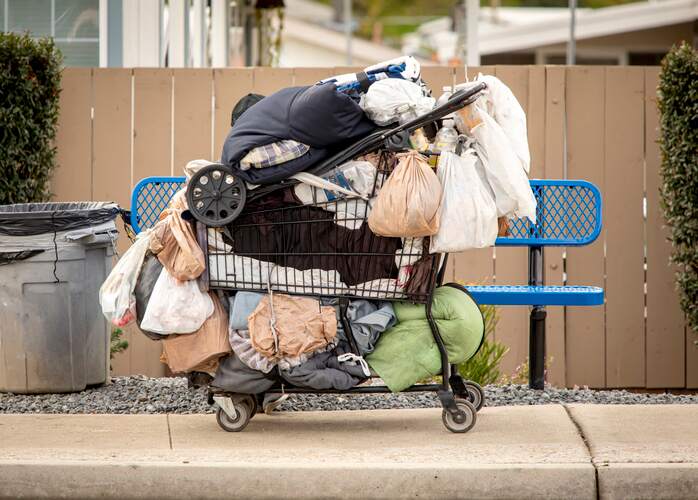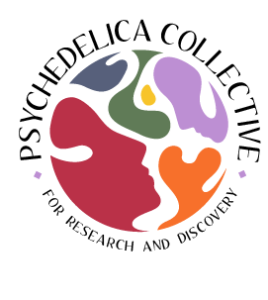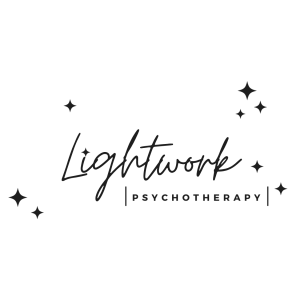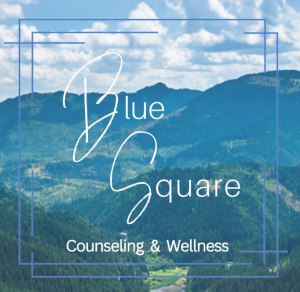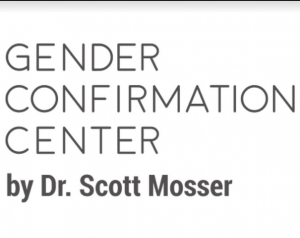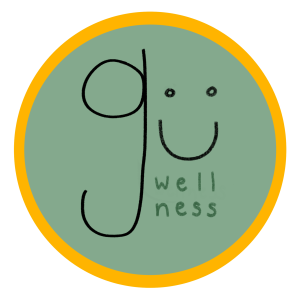Homelessness is a significant issue in North America. The National Alliance to End Homelessness featured a report called State of Homelessness: 2021 Edition. This study found that 580,466 people were unhoused in America in January 2020. In addition, 19% of people experiencing homelessness were labeled as chronically unhoused. The term “chronically unhoused” refers to being unhoused for a minimum of one year or being unhoused at least four times in the past three years for a combined time of one year.
Also, many chronically unhoused people may have disabilities that make it more challenging to find independent housing. As a result, these individuals will not have any shelter at all.
Even in light of these statistics, there is an air of invisibility toward unhoused people. Our society tends to ignore unhoused people, penalize them, and criminalize them. It is essential to work to end homelessness and provide a more accurate picture of what being unhoused is like. Erasing the stigmas around being unhoused is especially important.
This article will explore the stigma around homelessness and what you can do to fight against the stigma and provide effective solutions for this population.
What are some common stigmas?
According to information and findings that published in the journal Stigma and Health, here are some common stigmas against unhoused people:
Unhoused people are dirty and unhygienic.
Many jokes about unhoused people feature negative comments about their lack of hygiene, body odor, and urinating or defecating in public. However, when people make these comments, they fail to mention that there are no viable alternatives for unhoused people to relieve themselves. For example, there is a lack of public bathrooms in the United States. Even if a bathroom is available, many stores refuse to allow unhoused people to use these facilities and reserve them for customers.
When comments online or in person refer to unhoused people as less human because they can’t keep clean, it is cruel and short-sighted since many unhoused people cannot access bathrooms, showers, and other facilities to maintain hygiene. There needs to be more of these offerings available to unhoused people.
Unhoused people are threatening, violent, and/or criminals.
These negative viewpoints about unhoused people’s behaviors are problematic. In reality, unhoused people are more likely to be the victims of a crime instead of the other way around, and this is seldom discussed.
Unhoused people deserve to be on the streets.
Many tweets evaluated in the study highlighted the various issues that unhoused people encounter, suggesting their unhoused status was due to their “bad behavior.” For example, substance abuse, refusing to get mental health treatment, or identifying within stigmatized groups like sex workers.
In addition, the researchers found disturbing racist comments in many of the tweets towards unhoused people. In addition, the tweets featured various homophobic and ageist sentiments. Many people that are unhoused may experience mental health issues or are unhoused due to circumstances out of their control, which makes this stigma especially harmful.
Unhoused people are lazy.
Many of the comments in the study condemning homelessness compare themselves to unhoused people and view behaviors as a character flaw. For example, some tweets would describe a person who drinks and smokes sometimes but says that they wouldn’t end up unhoused and have goals they will accomplish. However, this stigma is harmful as it neglects any knowledge about addiction, and everyone has different circumstances which you can’t compare.
Why is Stigma Against Unhoused People Harmful?
The stigma and misconceptions surrounding poverty and homelessness create a barrier to implementing successful solutions. According to research from Pivot Legal Society, which studied the prevalence of stigma towards unhoused people in British Columbia, Canada, stigma was present across these communities and institutions (for example, healthcare, policing, and government). The impacts of this social stigma put unhoused people in a cycle of harm. You can read more about this study to find out how this stigma comes up in daily life and contributes to the suffering of unhoused people.
In addition, these videos from Rain City Housing discuss common homelessness myths and debunk them with factual information.
One essential thing to consider is that you may hear the word “homeless” being used as a catch-all term for things like poverty, substance use, and poor mental health. However, research continues to prove that homelessness is not a single experience. In other words, not all people who experience homelessness face the same issues.
However, unhoused people have one significant thing in common with each other – they do not have access to safe, stable, and affordable housing.
What Solutions, Supports, and Services are Available?
Services to support people at risk of becoming unhoused or currently unhoused require a system of care approach. This approach can include different sectors like criminal justice, child welfare, health care, education, housing, and unhoused services. These services can have specialized programs for people experiencing homelessness, or they can be broader, like health services, libraries, and treatment facilities. In addition, governments, charitable organizations, faith communities and/or non-profit groups may provide various services.
Some supports and services include:
- Affordable permanent housing solutions. In many cases, these solutions offer permanent supportive housing or housing with access to various community supports.
- Transitional housing. Transitional housing may include second-stage housing for families experiencing violence, halfway houses, culturally appropriate housing for Indigenous Peoples or new residents to Canada, or housing that will offer long-term shelter so people can adjust to independent living.
- Emergency Shelters. Emergency shelters may include violence-against-women shelters or shelters for those experiencing homelessness. Ideally, a community will feature various shelter options available to suit the needs of everyone.
In addition, complete services and support include:
1) identification and connection (for example, outreach and community planning)
2) preventative services (for example, rent banks, food banks; mental health services)
3) emergency housing (for example, shelters and hostels)
4) transitional housing (for example, halfway homes)
5) long-term supportive housing (for example, places to live for those experiencing mental health challenges)
6) community awareness (for example, research and presentations)
7) affordable housing (for example, rent-geared-to-income housing).
In addition, often, there will be too many services directed at emergency support instead of prevention programs that will help people from becoming unhoused or housing and supports to end homelessness.
It’s important to note that many unhoused people face barriers to accessing care due to a lack of identification (for example, health cards) and/or a lack of funds to find services. In addition, there is strong evidence that unhoused people, or those with substance use disorder or other mental health difficulties, may be denied these services in general or discouraged from seeking them out.
Takeaway
At LGBTQ and All, we support unhoused populations and encourage you to fight against the stigma against unhoused people. Visit our resources today.

